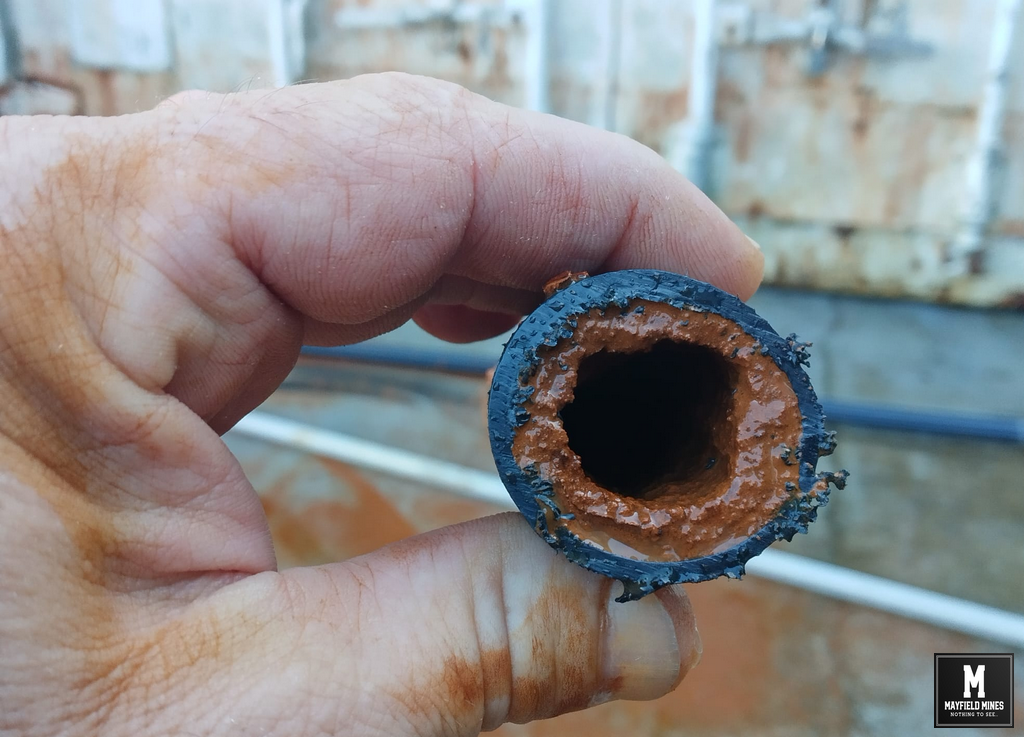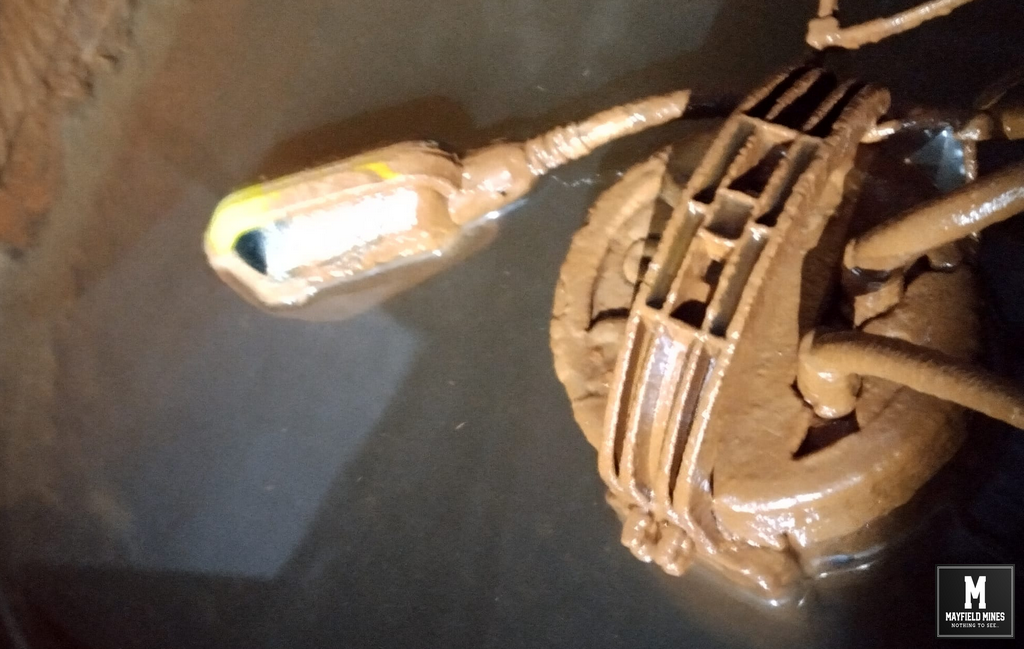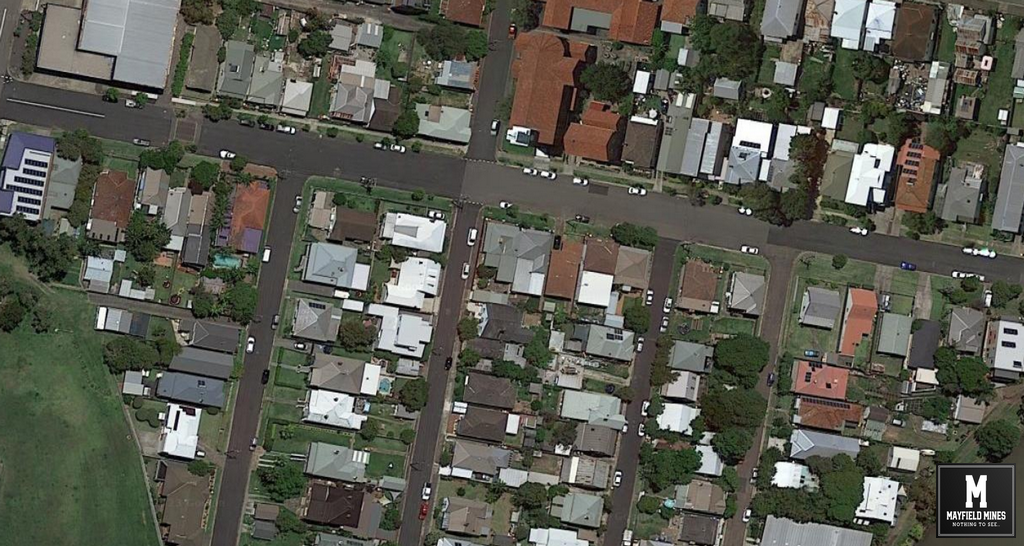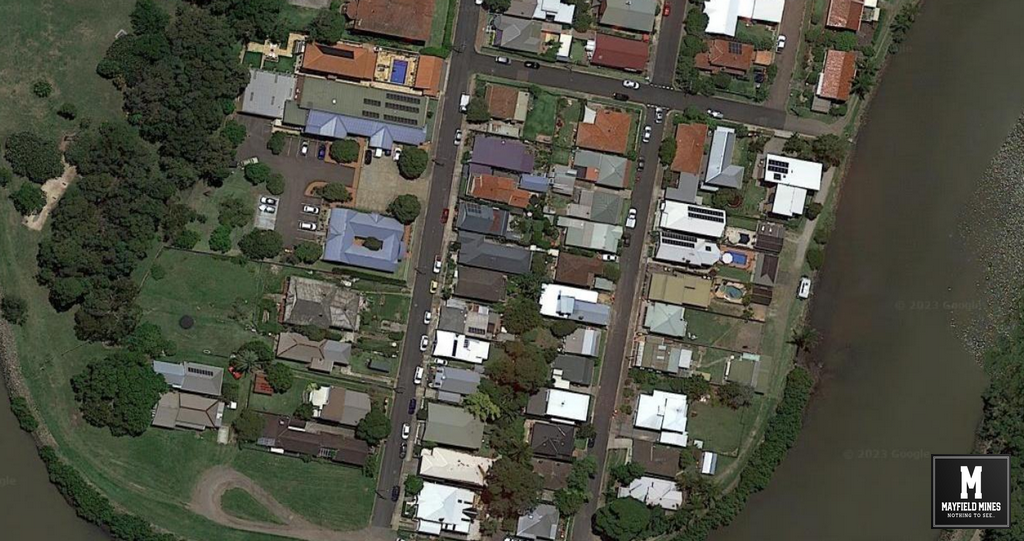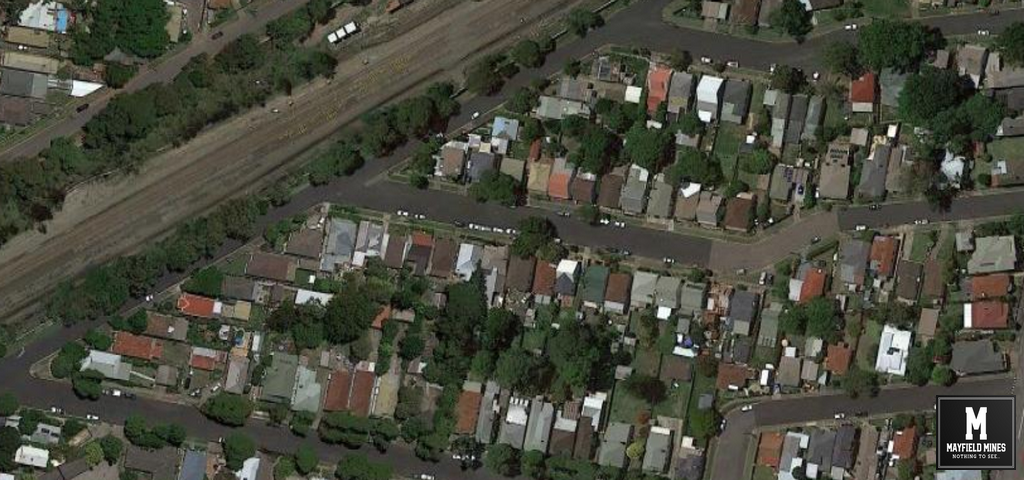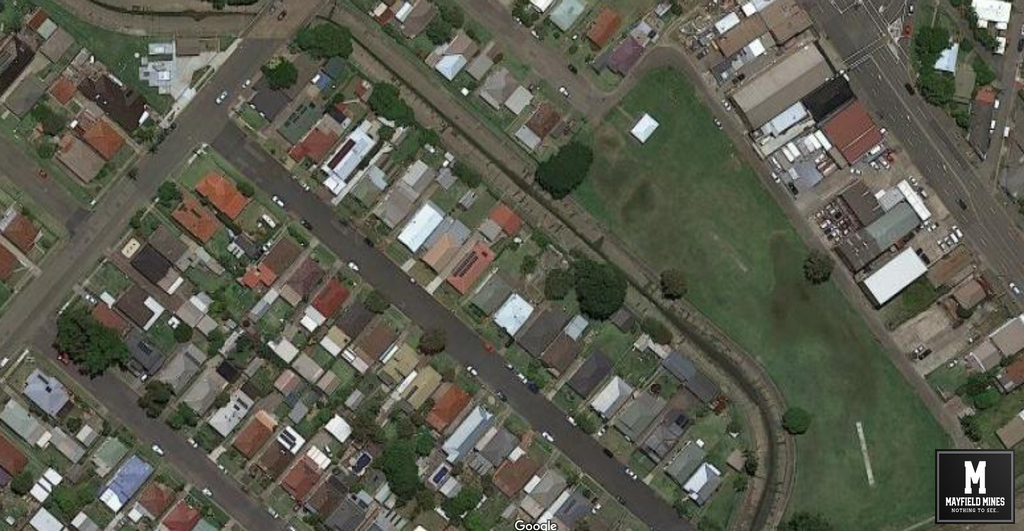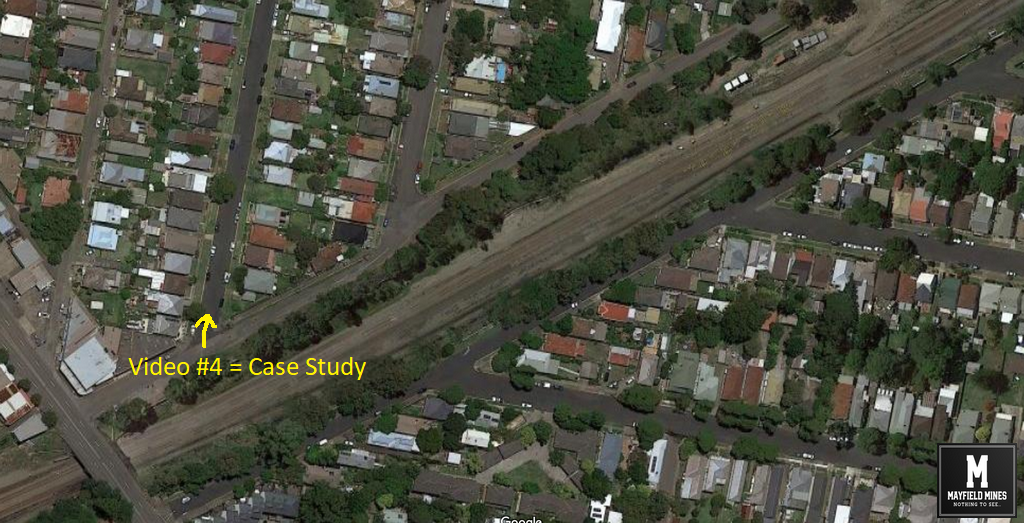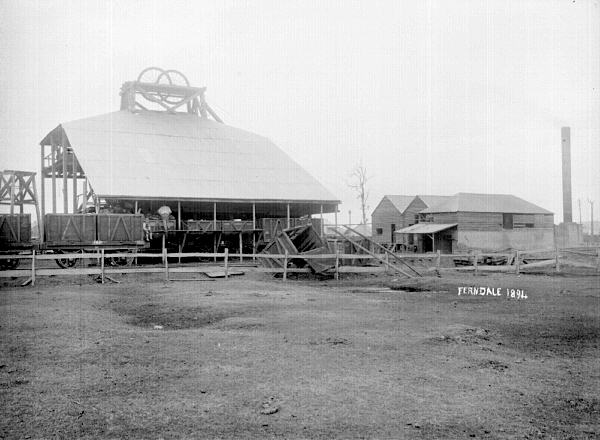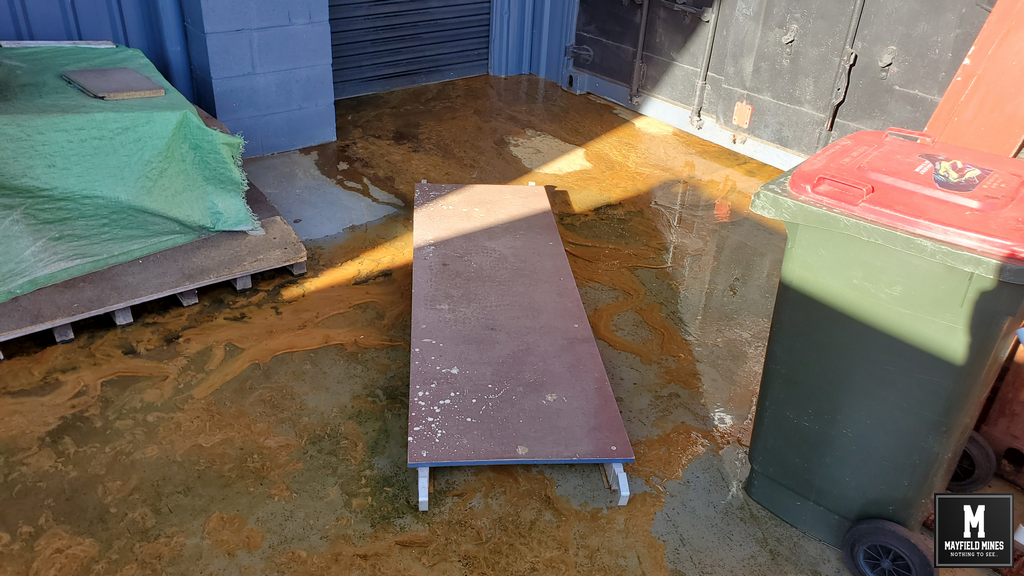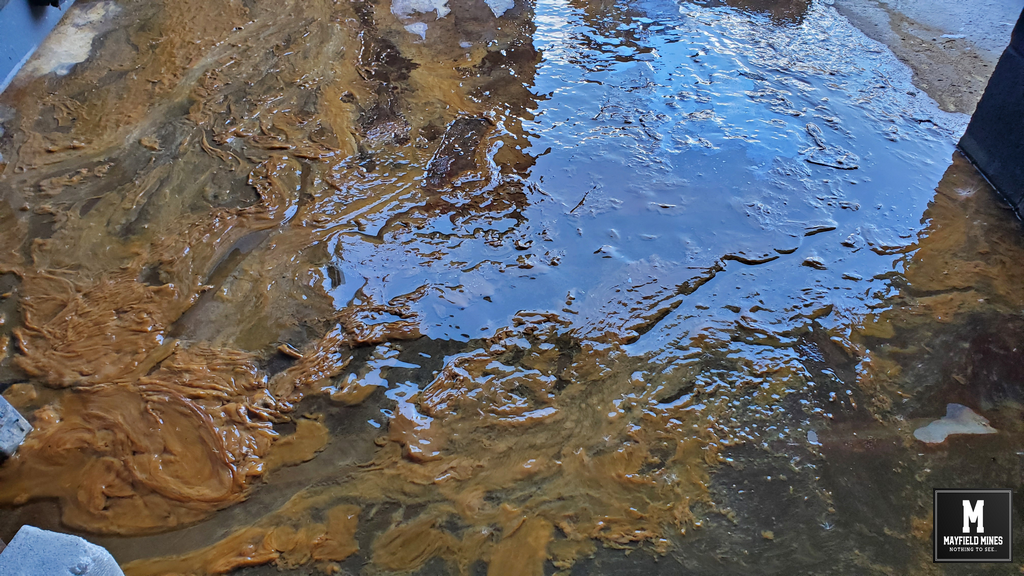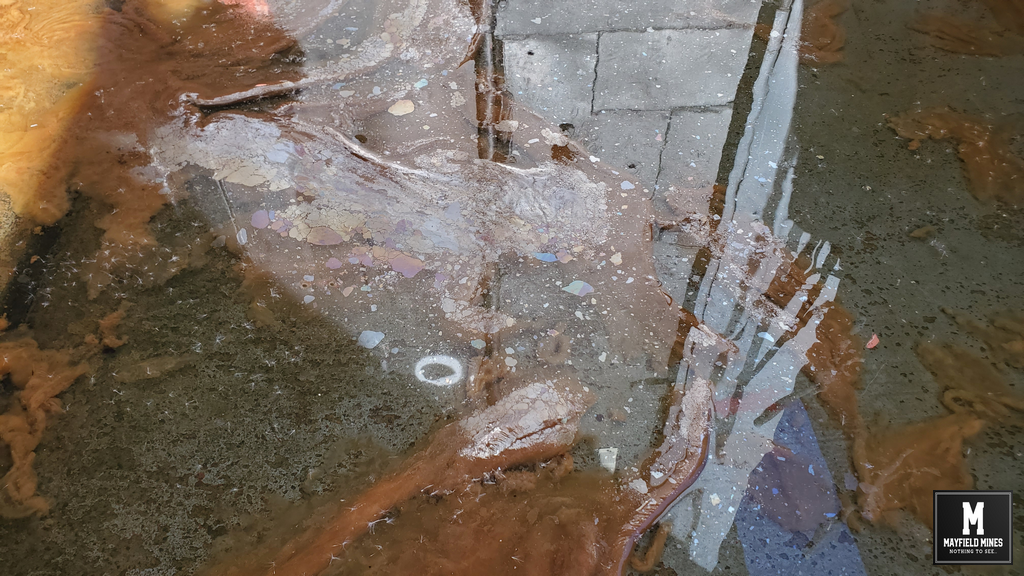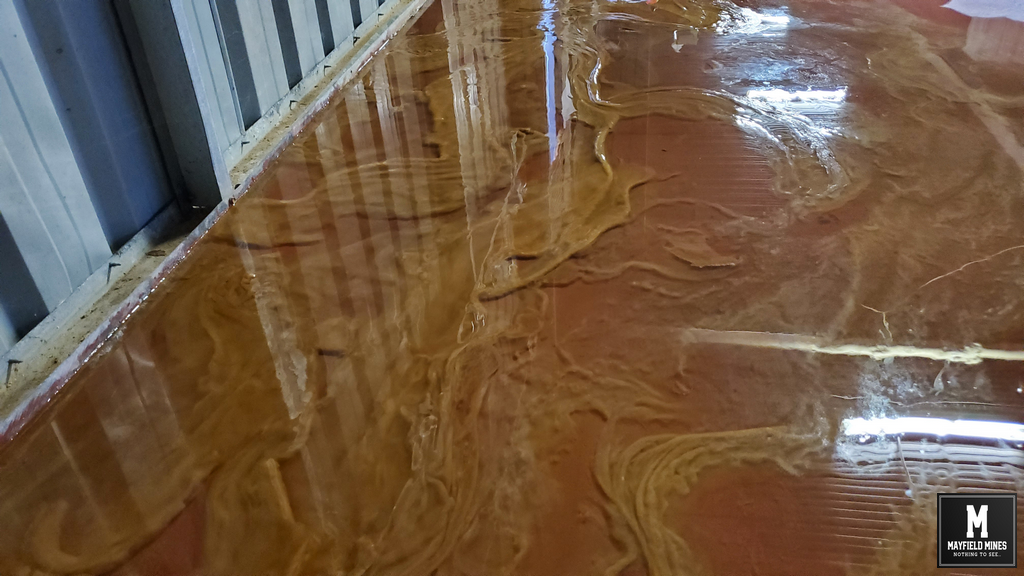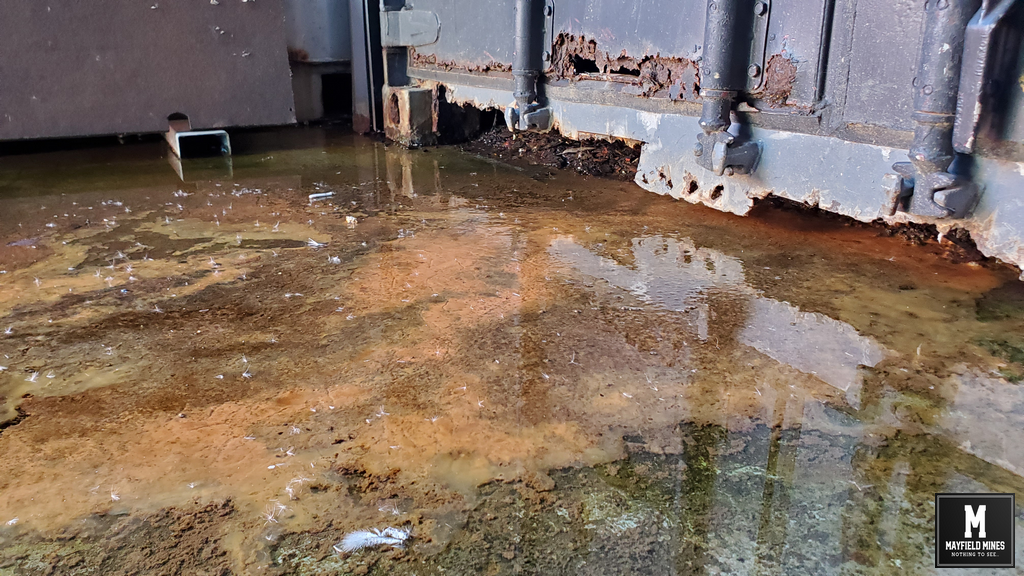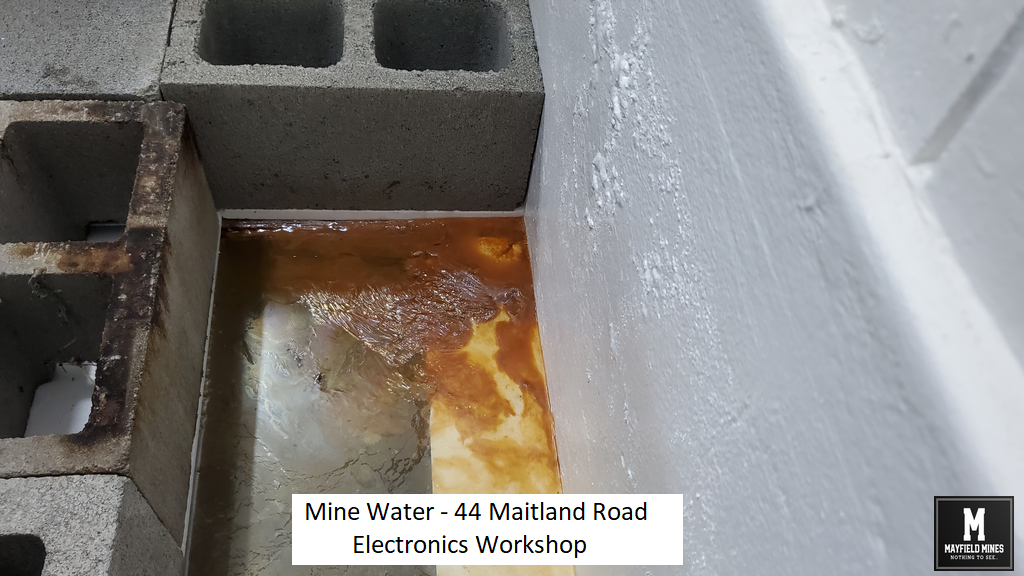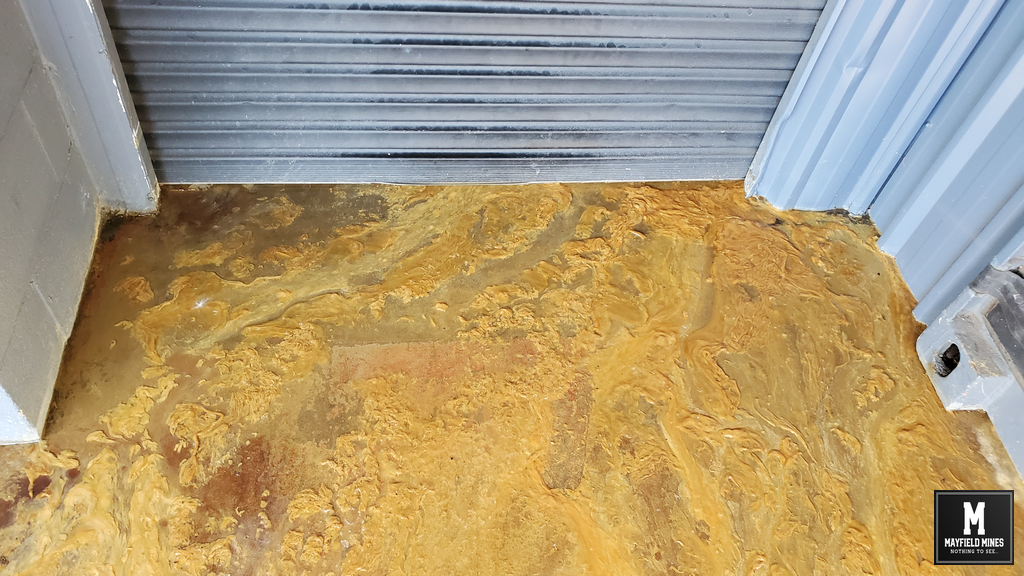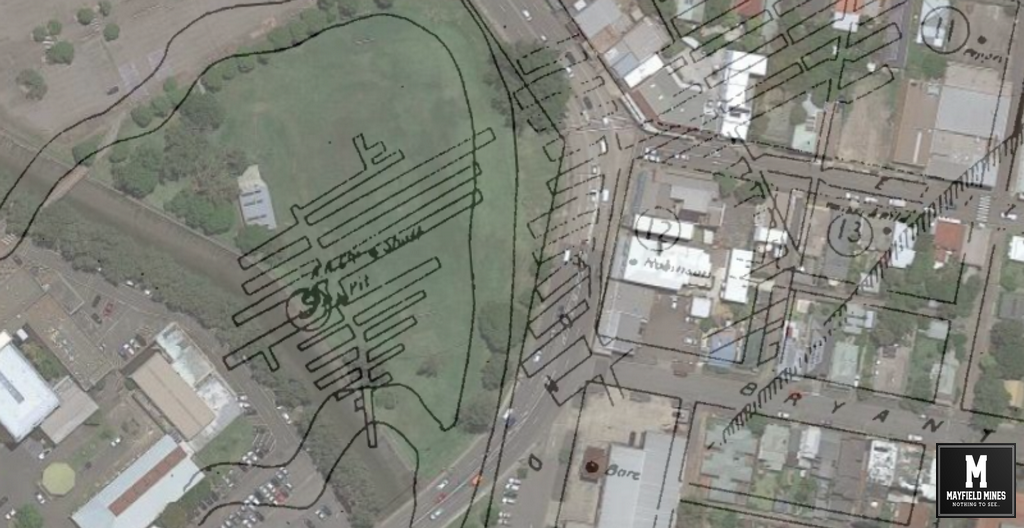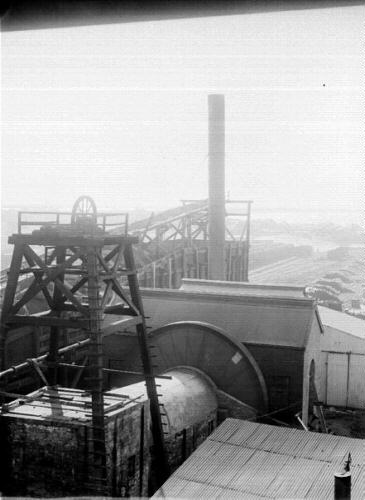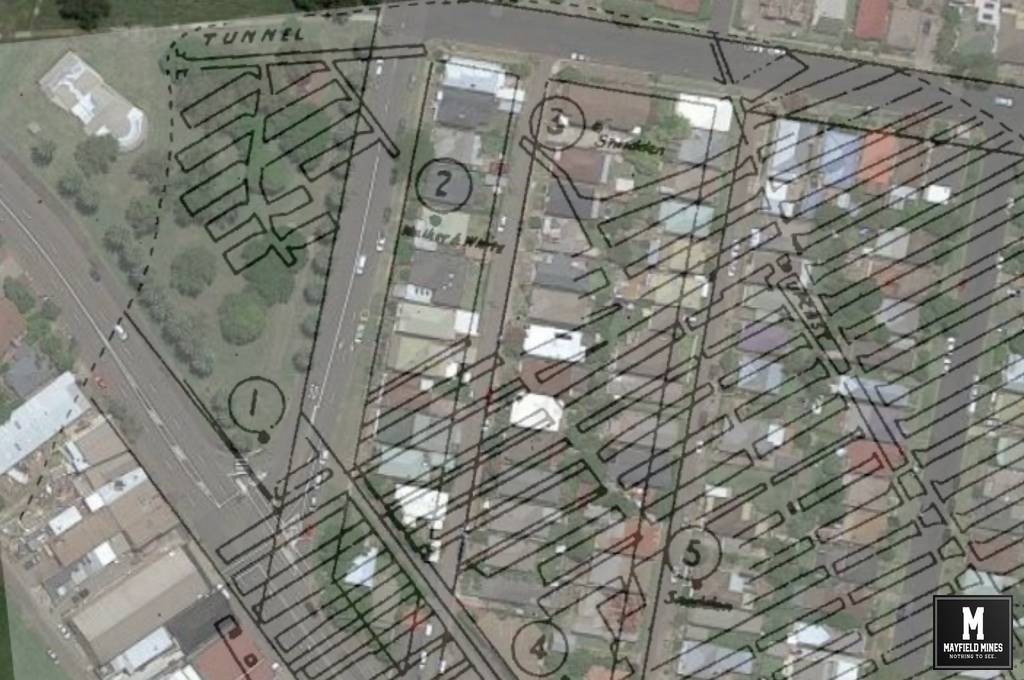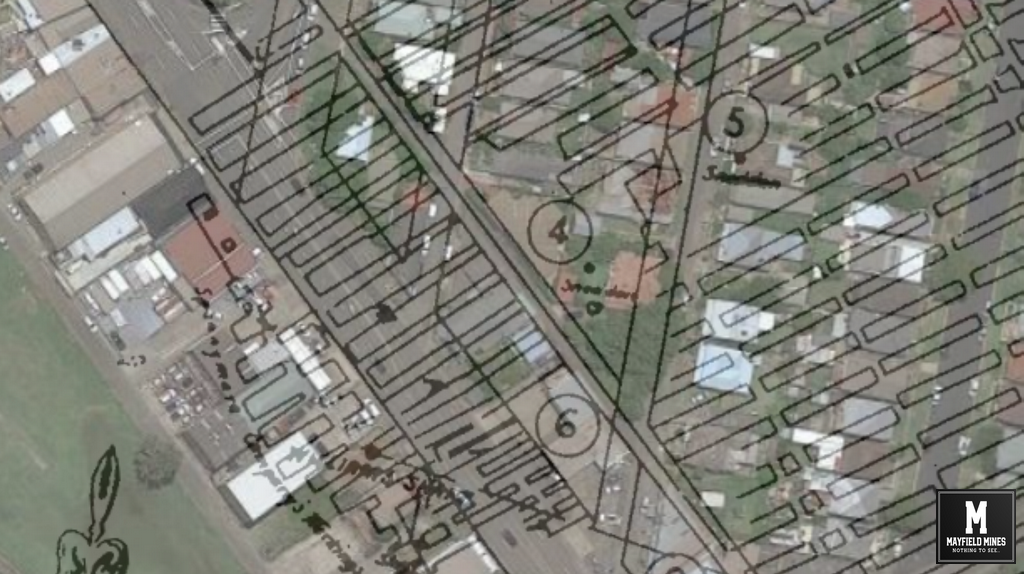We take up the story in January 2015 where water is streaming inside our warehouse from under Maitland Road, Mayfield. At this time we don’t fully understand where the water is coming from but the intensity has increased and flowing from a number of locations out of the soil wall. One submersible pump is not enough to remove the water, so we installed 2 pumps. In this video water is not only coming from multiple locations to the left, but also from the centre of the soil wall, and, from the right of the soil wall. We contact Newcastle Council, and chase very hard for support. At the end of 8 weeks chasing…”XXX is the first point of contact, but he is on holidays”.
Many months later, and having no clear response from Newcastle Council, we ask help from both the Mayfield Business Association and lobby Councillor Tierney to investigate the situation. Newcastle Council’s ultimate findings are;
• An old 1960’s telegraph pole is the cause of the sinkhole in front on the property along Maitland Road. This was also the cause of the sinkhole in 2012 (according to Newcastle Council), and Newcastle Council will again say that this telegraph pole is the cause of another hole in 2019 and 2020. More about the moving telegraph pole later.
• That possibly underground mine workings in Tarin Street might be the cause.
• The case was then closed by Newcastle Council.
And from freedom of information records, Newcastle Council notes are as follows;
I advise that a review of Council records reveal no underground drainage assets are located across the frontage of your property and there are no council assets in the vicinity of the property that would result in water infiltration into the building.
In addition I can confirm that we are drainage pits across the road, however they do not run towards the property, furthermore there is a drainage easement located at 44 Maitland road which is a significant distance away from the property and is down slope from the property.
As such the seepage flows within your property are possibly emanating from old mine workings or an underground spring, and is not associated with the underground pipe drainage system.
Green dye that was placed in the stormwater network across the road found its way into our property.

